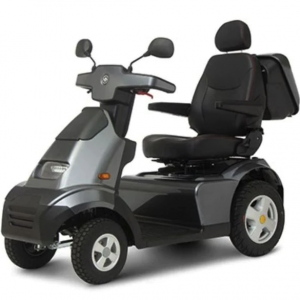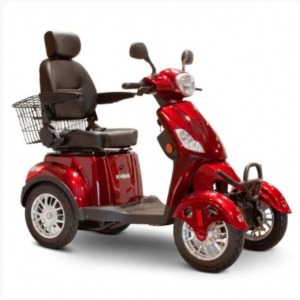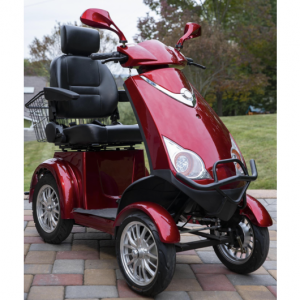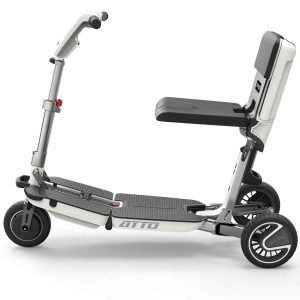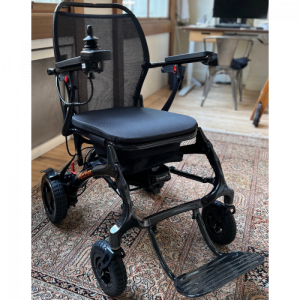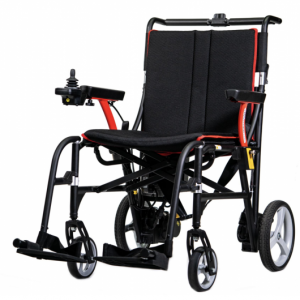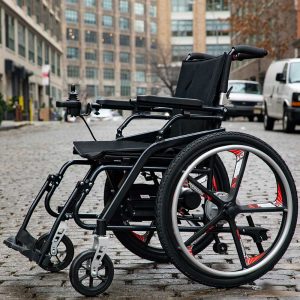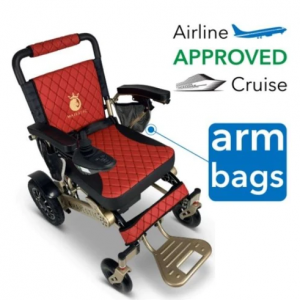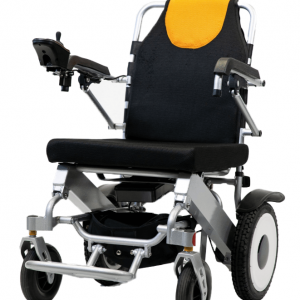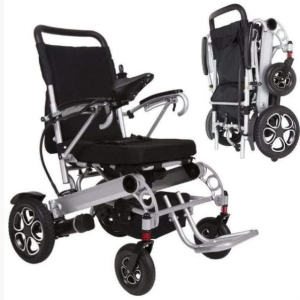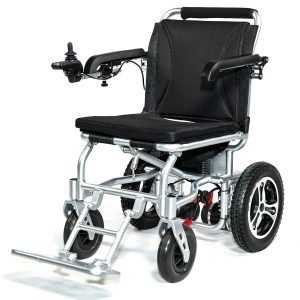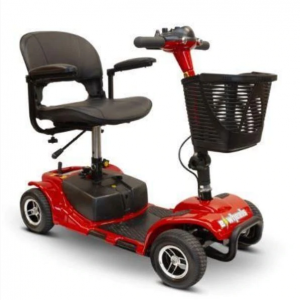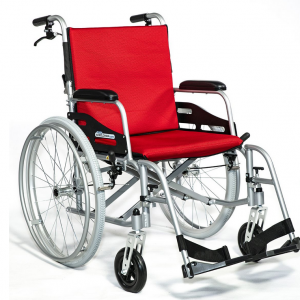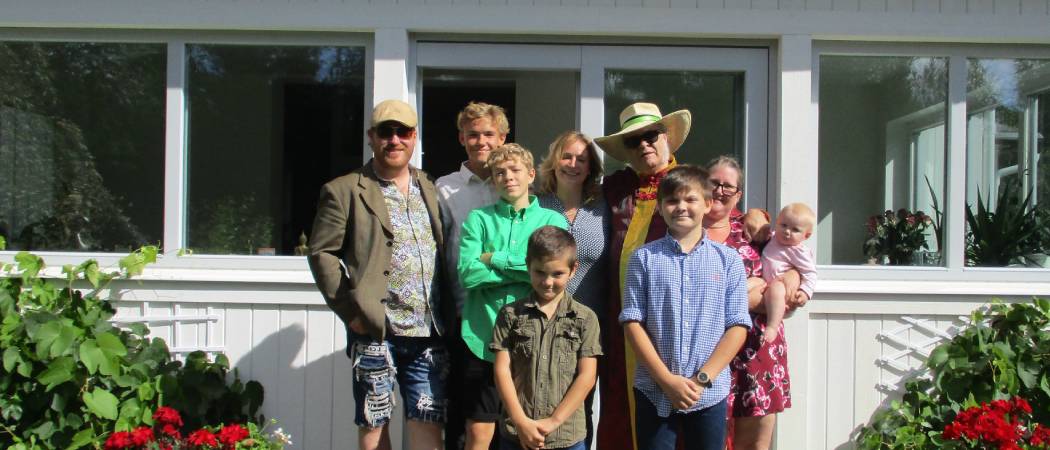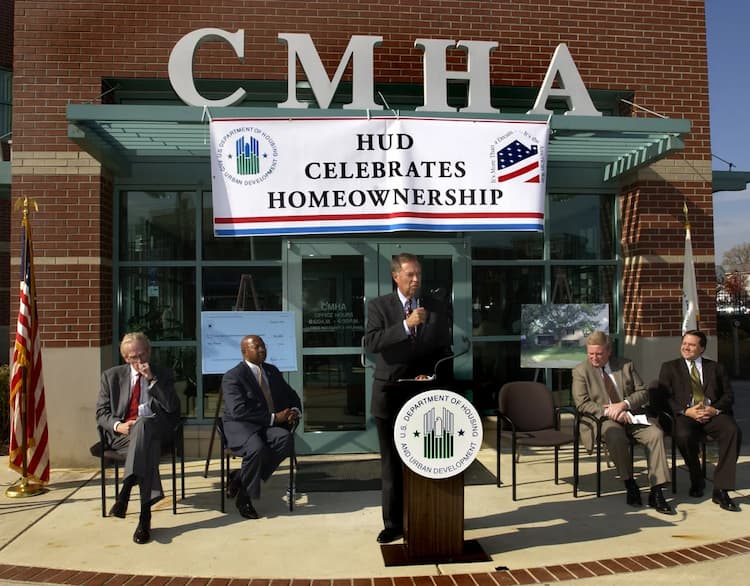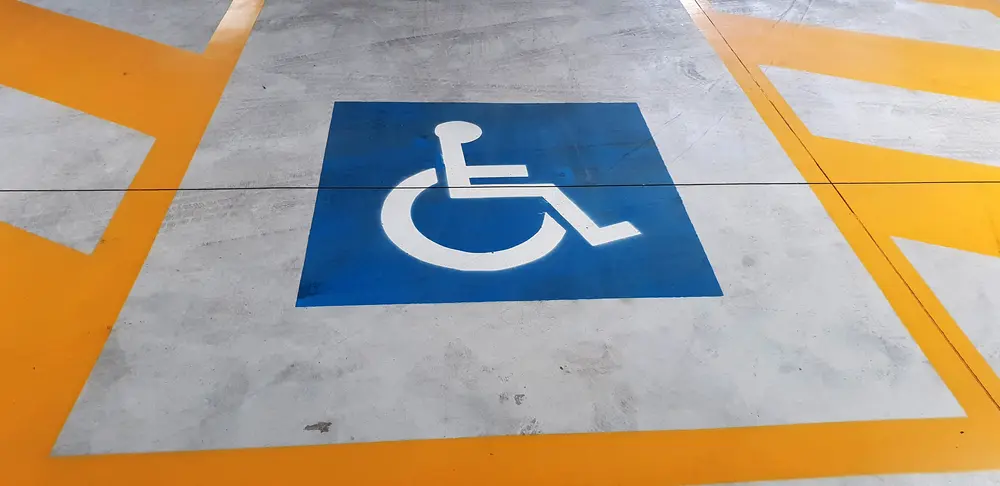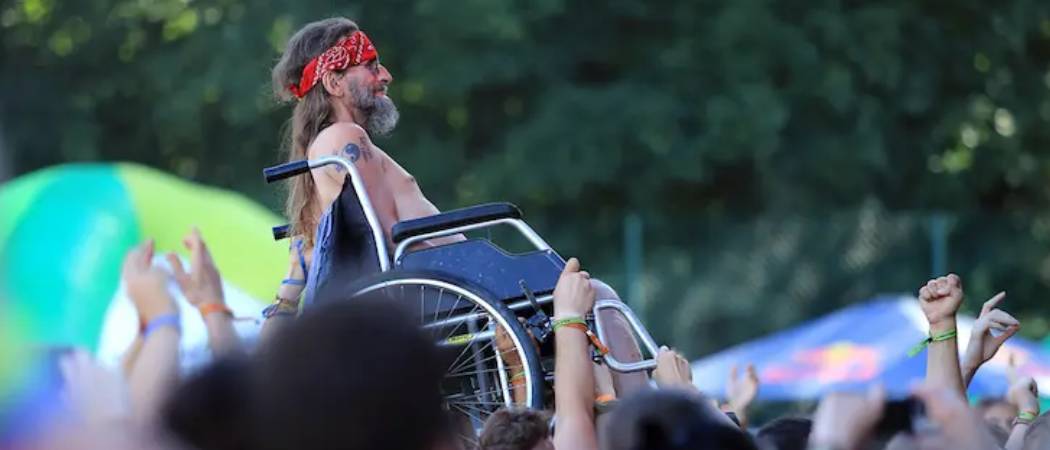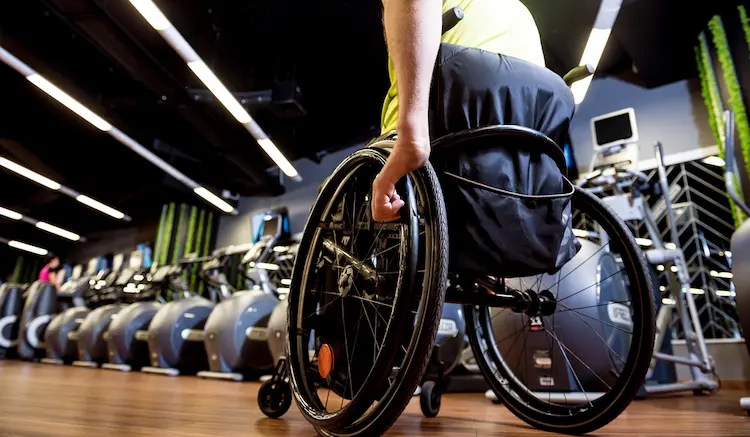Electric Wheelchairs, Scooters, Adult walkers & Parts
Rolstoel aggregates the best mobility aid products from the top online stores in one place.
- Compare dozens of wheelchairs from all over the web.
- We’ll sift through our wheelchair database to find what you need based on your lifestyle.
- You’ll get the best deals, guaranteed!
Deals, news & new products right to your inbox

As seen in…





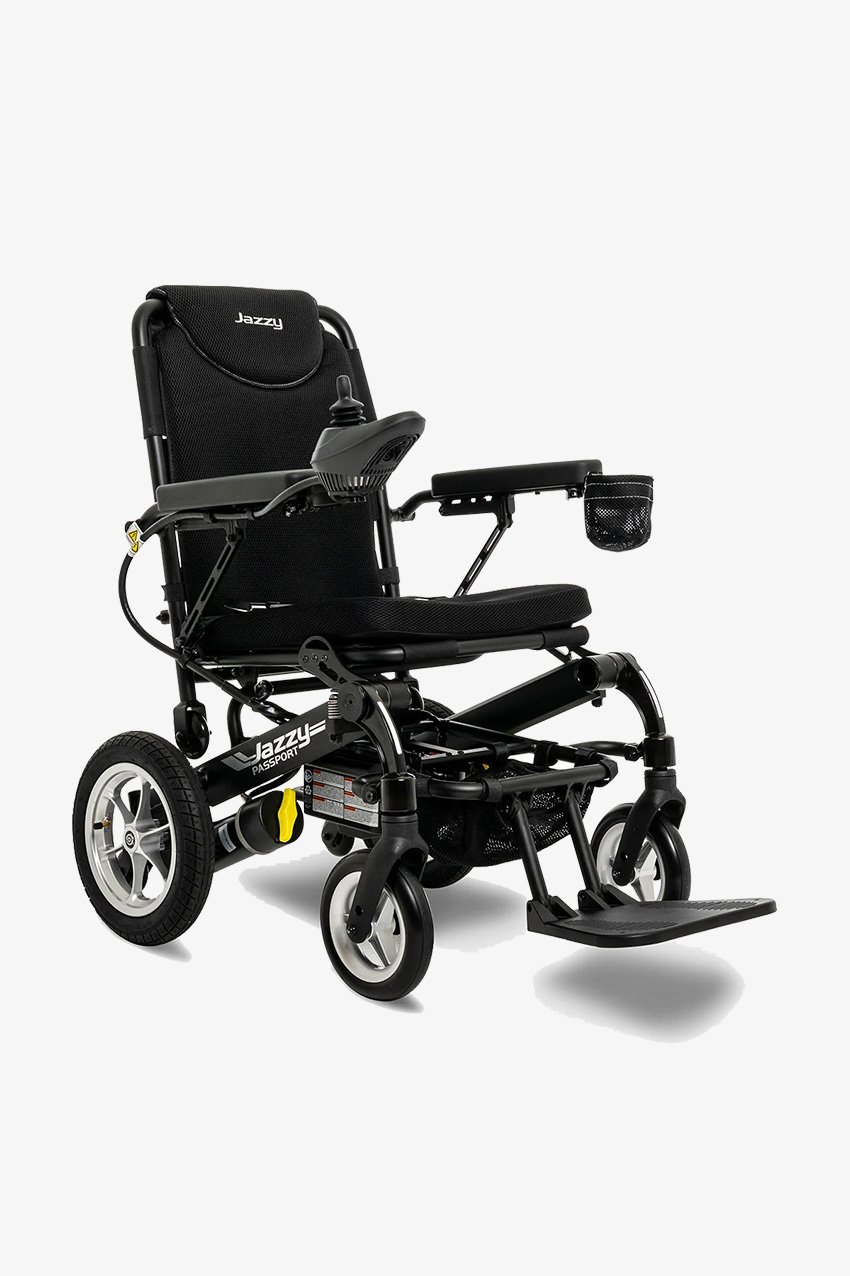
Electric wheelchairs.
Find the best electric wheelchairs on the market...
From folding power wheelchairs, heavy duty wheelchairs & affordable power chairs, we’ve put together a list of the best electric wheelchairs from around the world.
Mobility scooters.
Don’t want a wheelchair?
No problem, we’ve got power scooters as well...
Looking for convenience, mobility or a powerhouse for a scooter? It took us years to put a list of the best scooters for all of your daily needs.
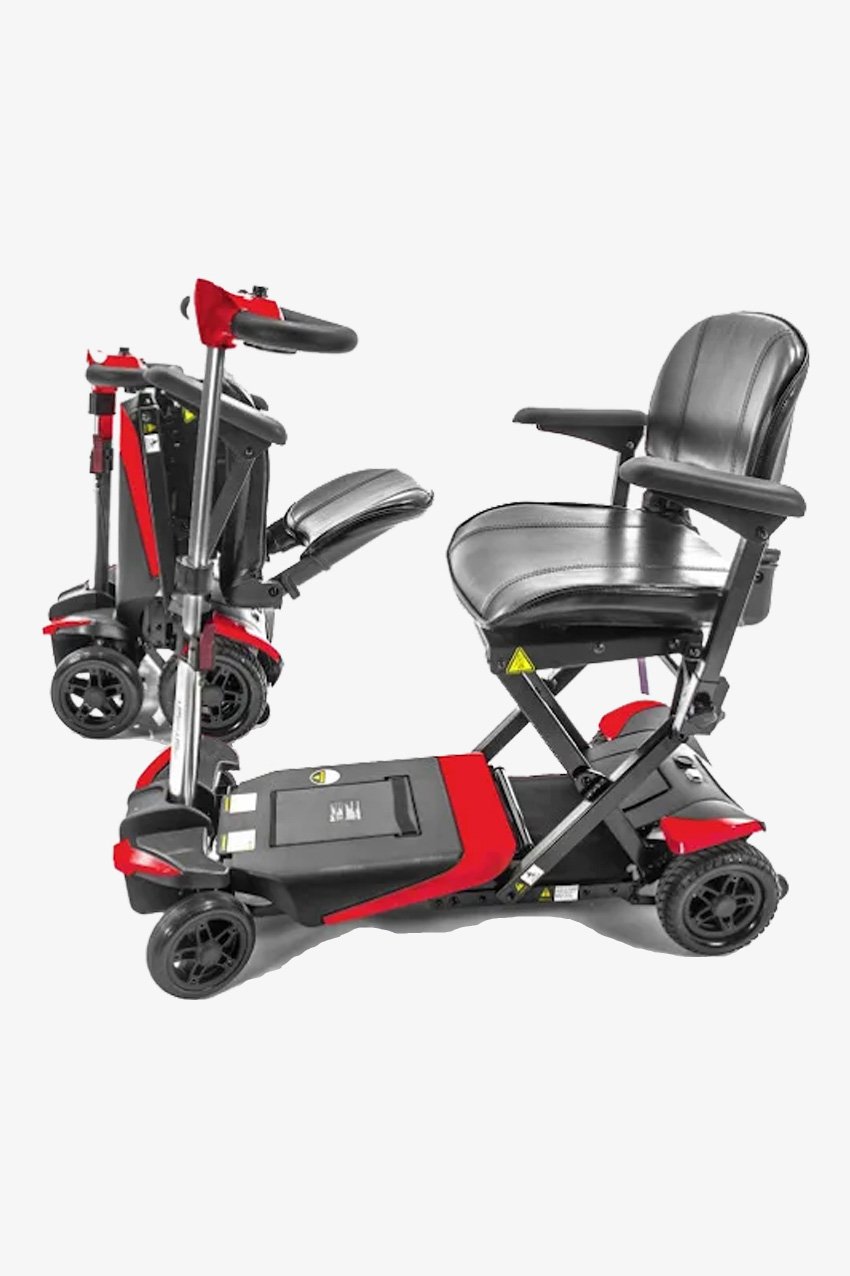
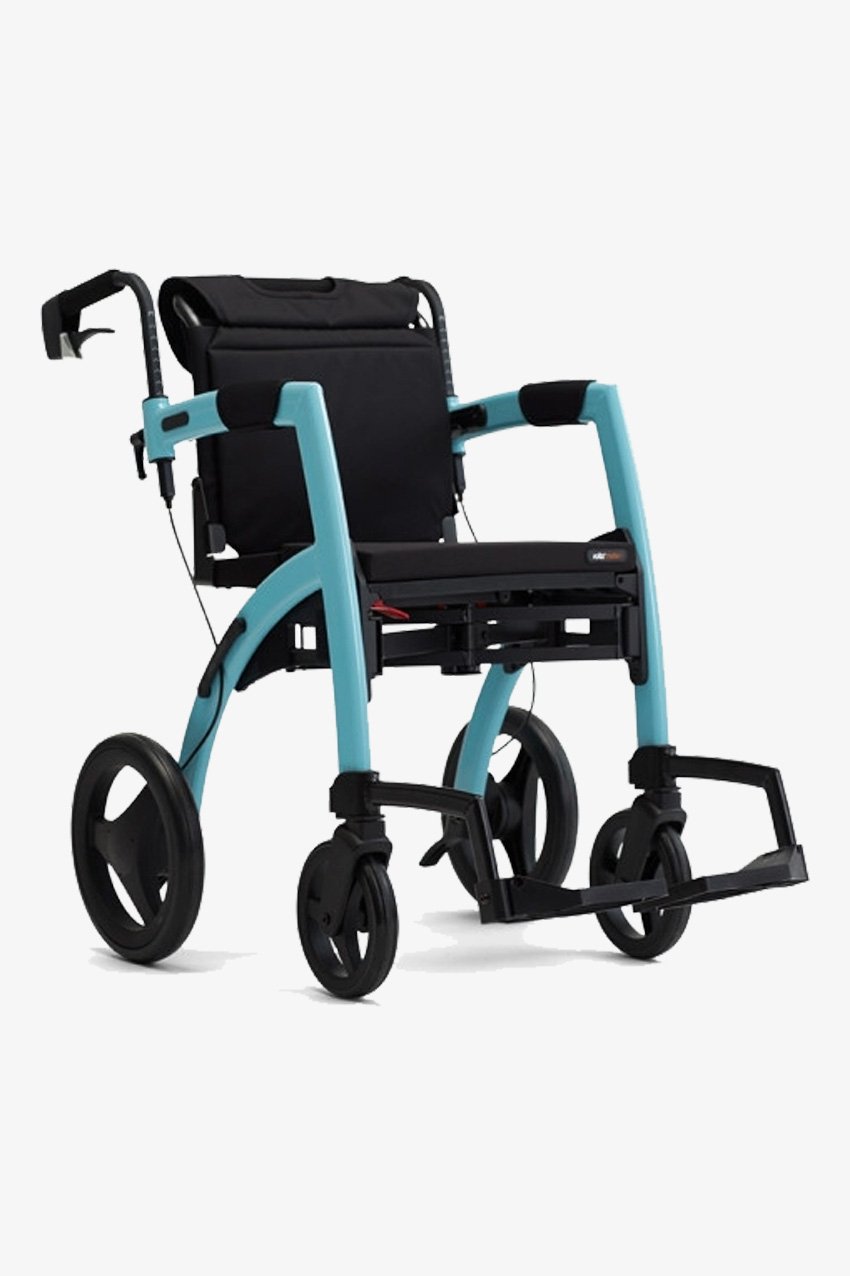
Adult walkers.
Need assistance walking? We’ve got you covered...
Our team asked the top dealers and manufacturers for the most popular adult walkers on the market. We were able to source brands like Drive Medical, Medline, Nova and more.
Our Most Popular Mobility Aid Products
Find out what we’re conversing about internally...
Just like how we find the best mobility products, our writers go over product reviews, disability news and innovations happening with mobility.
